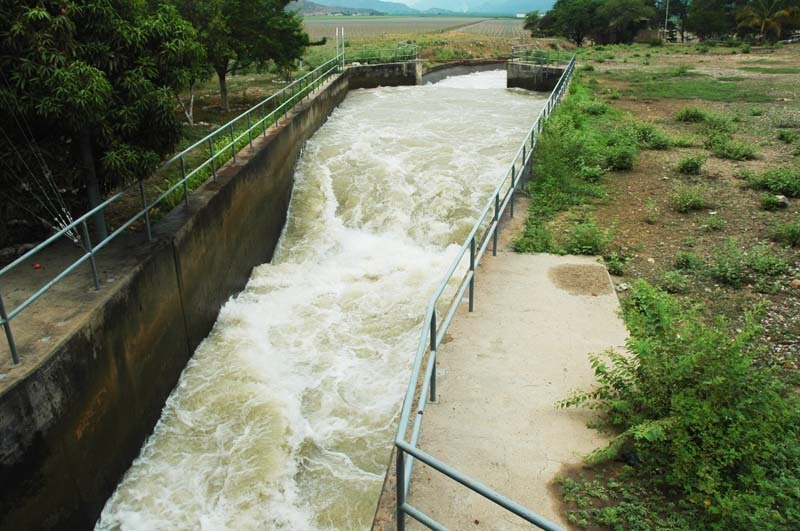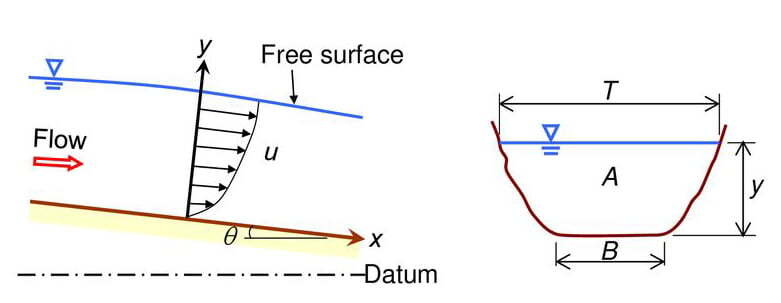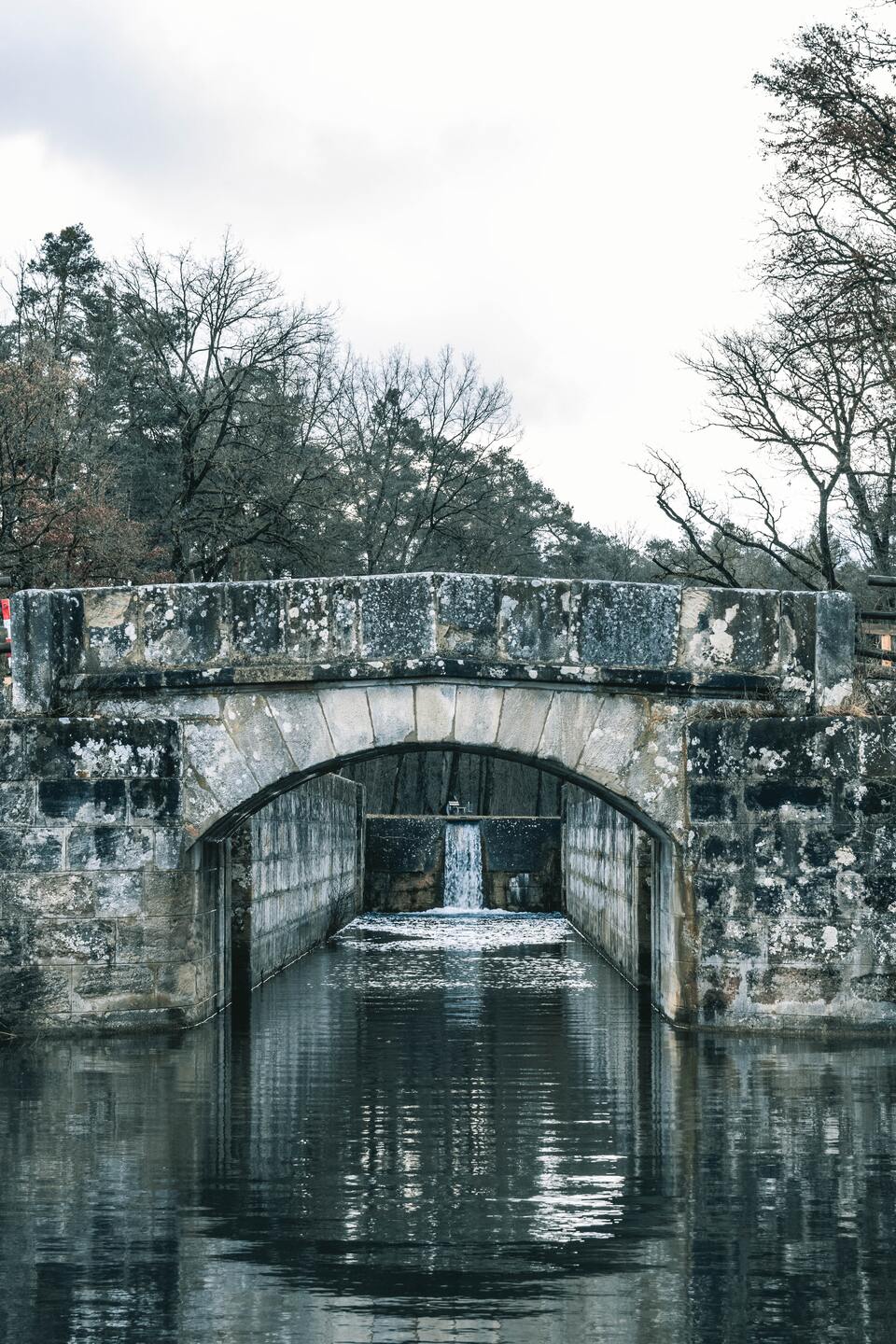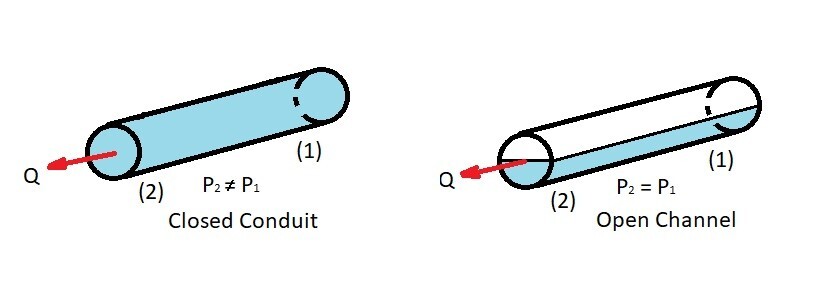Introduction to open channel hydraulics
1 What is open channel hydraulics?
It’s the study of the physics of fluid flow that forms a free surface driven by gravity.
2 So what is a free surface then?
When flowing fluid interfaces with the ambient atmosphere, we call the surface of the flow a free surface.
3 Open channels
Open channels can be natural or man-made.
4 Applications of open channel hydraulics
4.1 Design of artificial channels
- Irrigation
- Drainage
- Water supply
- Wastewater conveyance
4.2 Analysis of flooding in natural waterways
- Delineate floodplains
- Assess flood damages for a flood of specified frequency
4.3 Descriptive and predictive applications
- Describe the transport and fate of environmental contaminants
- Predict flood surges caused by dam breaks or hurricanes
5 Characteristics of open channel flow
5.1 Flow boundaries
In closed conduit flow, its boundaries are fixed by the conduit geometry.
However, in open channel flow, the free surface along the streamline adds an extra degree of freedom and complicates the mechanics of open channel flow.
5.2 Driving forces
Closed conduit flow is driven by a pressure difference while open channel flow is driven by gravity.
Yes! Partially full pipe flow is also driven by gravity and we cannot use the closed conduit equations.
5.3 Froude number
The Froude number (the ratio of inertial to gravitational forces) is the most important dimensionless parameter in open channel hydraulics.
\begin{equation} \mathbf{F}=\frac{V}{\sqrt{gD}} \end{equation} where $\mathbf{F}$ is the Froude number, $V$ is the mean velocity, $D$ is a length scale related to depth, and $g$ is gravitational acceleration.
5.4 Open channel flow solutions
- Theoretical
- Experimental
- Numerical
5.5 Types of open channel flow
Non-changing vs. changing:
- Steady vs. unsteady: Temporal variations
- Uniform vs. nonuniform: Spatial variations
Types of nonuniform flow:
- Gradually varied
- Rapidly varied
- Spatially varied
See Figure 1.1 in the text.




